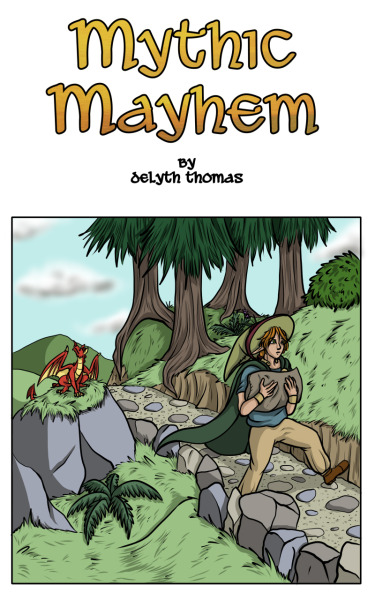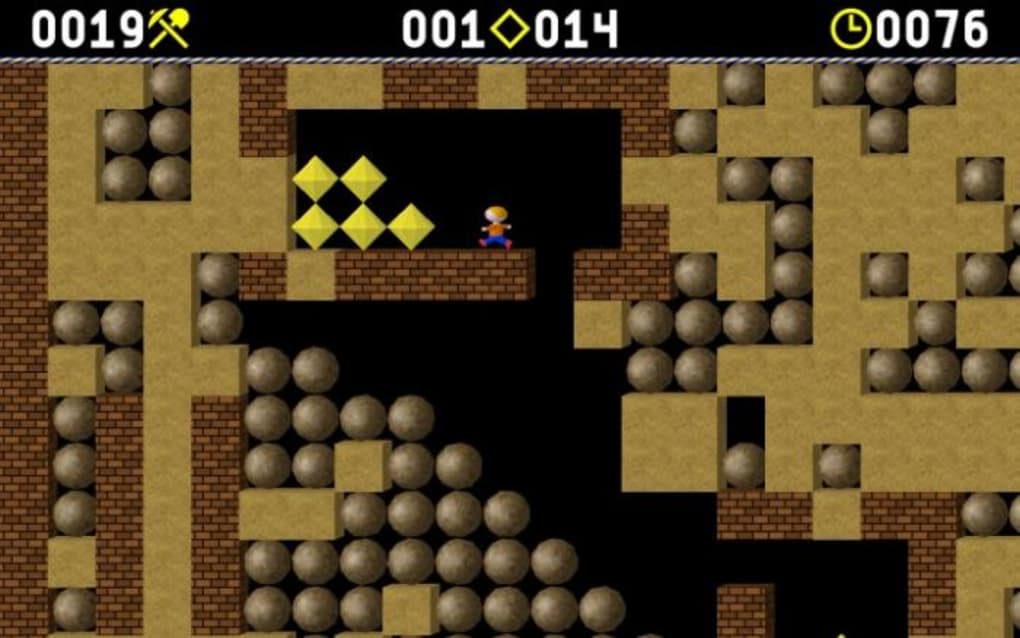

A redcap is a type of goblin who dyes its hat in human blood in Anglo-Scottish border folklore, and hobgoblins are friendly trickster goblins from English, Scottish, and Pilgrim folklore and literature. This web page shows only a small excerpt of our Coblyn research. Patasola It has strong influences of the Spanish culture that left its legacy in colonial times, African elements brought by the slaves to the new world and a huge legacy of the pre-Columbian indigenous. The Welsh coblyn, a type of knocker, derives from the Old French gobelin via the English goblin. Colombian folklore is a set of beliefs and traditions of a multiplicity of cultures such as those that make up the society of this country. Similar creatures include brownies, dwarfs, duendes, gnomes, imps, and kobolds.

They often have magical abilities similar to a fairy or demon. They are almost always small and grotesque, mischievous or outright malicious, and greedy, especially for gold and jewelry. They are ascribed various and conflicting abilities, temperaments and appearances depending on the story and country of origin. They are given a hand of bones, with the promise that once Rayseline and Dugan are in charge, they would get the County of Goldengreen and gain respect.Ī goblin is a monstrous creature that appears in the folklore of multiple European cultures, first attested in stories from the Middle Ages.

Goblin assassins hired by Rayseline Torquill and Dugan Harrow try to kill Toby.
#COBLYN FOLKLORE SERIES#
An old Goblin is a retired Goblin." In the Series One Salt Sea They had the advantage in terms of numbers and weaponry, but most of them were young and too inexperienced to have faced many real fights. 1 The kobaloi were companions of Dionysus and could shapeshift as Dionysus in the guise of Choroimanes-Aiolomorphos. "Goblins are cheap labor that was the one thing we had going for us. kobaloi) ( Ancient Greek:, plural: ) was a sprite from Greek mythology, a mischievous creature fond of tricking and frightening mortals. but in Welsh folklore, goblins are called coblyn or, more commonly, knockers. They sell their services to the highest bigger, and have no respect for Oberon's Law. world, we can find centuries-old folklore that speaks of creatures. The Goblin was said to be an obliging, hardworking sprite who helped people in the home.Goblins have been described as the shock troops of Faerie. This myth also gives us the creature with the closest matching name, the Welsh Coblyn. In this form they often get mixed up with Poltergeists and Knockers. They could sometimes be heard jumping softly, knocking at walls, and tumbling on stairs and in the loft. In this legend Goblins were the same as Cofgodas. In this legend, Binsenschneider were said to live in the cornfields – a story told to scare children from venturing too far from home.Īn alternative derivation is from Kobold or Coboldus which means ‘house-spirit’ or ‘hut dweller’. He just retired from the post and plans to do consulting work. These sickle carrying reapers have been equated with devils or goblins who are known by their small, three corner hats. After 20 years, Coblyn cashed out in 1961 and got a government job, advancing to become the EPAs civil rights director in Boston. Some mythologists suggest they were derived from the German myth of the Binsenschneider or Corn-Spectre. Unlike most of the other creatures in this list they were not described in The Edda – the oldest written source of Anglo-Saxon legends. Goblins may be the most well known, but of all the mythological creatures their history is the most mysterious.


 0 kommentar(er)
0 kommentar(er)
